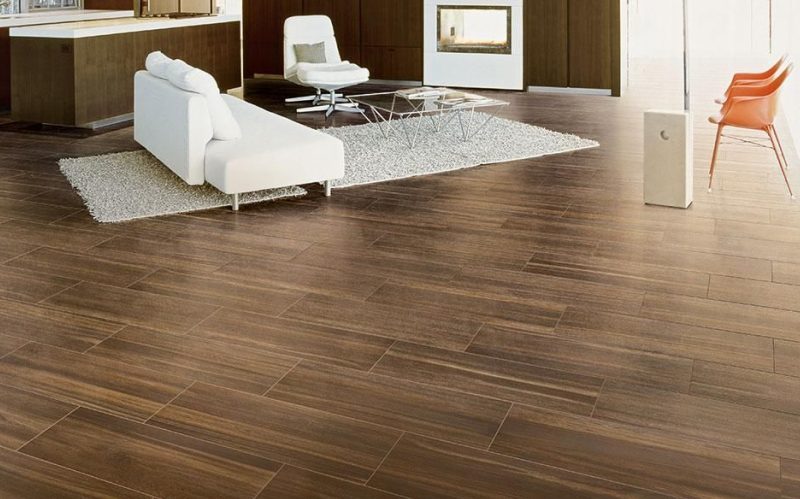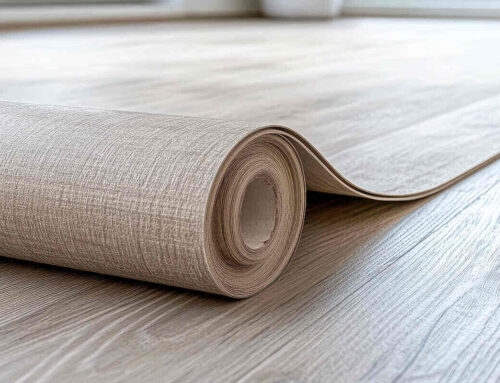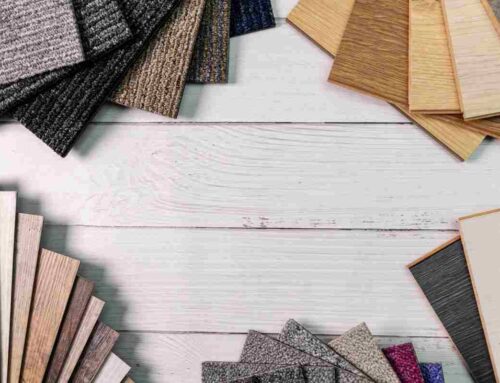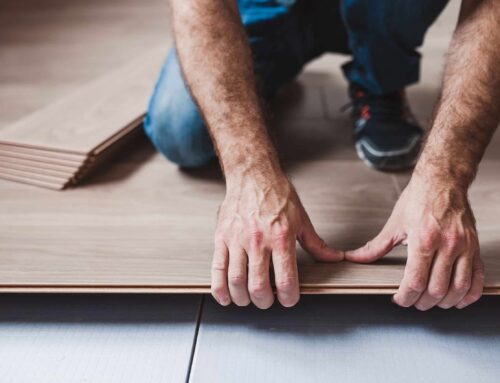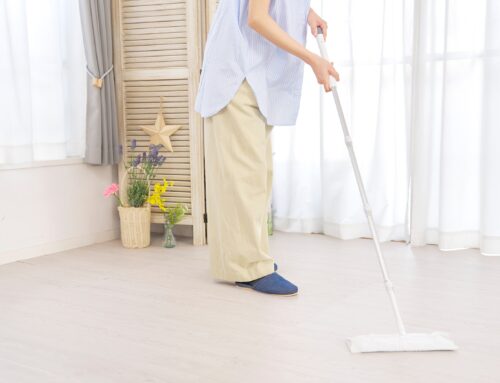Your Guide to LVP/LVT Flooring Installation & Sales
A luxury vinyl plank [LVP] floor is a sturdy, low-maintenance flooring option that is stylish, durable, and low-maintenance. There is no comparison between LVP and real hardwood flooring in terms of appearance, feel, and texture. The flooring consists of multiple layers of vinyl, usually topped with a urethane finish to ensure durability and long-term performance. You can choose from a wide range of colors, wood species, and thicknesses. A good choice for many rooms, it can be floated over any level substrate.
It is estimated that the average cost of installing LVP is between $800 and $2,400, with most people spending around $1,600 per square foot. The high cost is $3,200 for the installation of 200 square feet of LVP.
- National average cost: $1,600
- Average range: $800 – $2,400
- Low-end: $600
- High-end: $3,200
There is a solid vinyl core within each luxury plank vinyl flooring plank. This type of floor is constructed from several layers of vinyl, usually topped with a layer of long-lasting urethane. Various styles are available, and it mimics a variety of wood species. The surface can be smooth or textured, matte or glossy, and can be thicker than other vinyl products.
Vinyl planks that are considered luxury are usually thicker and more durable than vinyl planks that are considered standard. As opposed to standard vinyl planks, which may be stuck down or peel-and-stick, LVP is usually installed using a click-lock system. In addition to lasting longer, it appears more like real wood. There are several different thicknesses and qualities of LVP flooring, some of which have a price that is similar to that of standard vinyl plank flooring. Generally, LVP is a high-quality flooring option.
Depending on the thickness, brand, color, and finish of the luxury vinyl plank flooring, the cost will vary. In terms of material costs, they range from $1.50 to $10 per square foot, while installation costs range from $1.50 to $6 per square foot, depending on the material and substrate. The installation of thick and thin planks can be more challenging than that of mid-range planks, resulting in a higher labor cost per square foot. Additionally, thicker planks are more difficult to cut, whereas thinner planks may require a level surface. For most projects, people pay between $5 and $12 per square foot.
LVP is manufactured by a number of reputable companies. It is common for some companies to specialize in specific styles or thicknesses, while others offer a wide range of products. Prices vary depending on the brand. Occasionally, a brand has a proprietary color or style, while in other cases, you may be able to shop around for the best price. Listed below are some of the most popular brands of LVP and their average costs per square foot.
- Mohawk $2 – $4
- TrafficMaster $2 – $4
- MSI $2 – $5
- Lifeproof $3 – $4
- Shaw $3 – $6
Luxury Vinyl Plank Flooring Prices by Core Material
The vinyl core of LVP flooring has traditionally been thick and rigid. In other words, the material is made entirely of vinyl. There are, however, two subtypes of LVP, each with its own core material. Among these are wood polymer cores [WPC] and stone polymer cores [SPC]. It should be noted that both types of plank contain plastic at their core, however this plastic is blended with other materials in order to make the planks more flexible, durable and slightly more environmentally friendly. Due to the fact that the performance of the material is impacted by its core, the cost of the material may vary. WPC tends to be more flexible, easier to install, and softer and quieter underfoot than SPC, while SPC tends to be more durable and long-lasting.
Cost to Install LVP
A square foot of LVP costs between $1.50 and $6 to install. Costs are largely determined by the thickness of the material. The cutting of thin materials may be relatively easy, but the fitting of thin materials may be more challenging. As a result, the process can take longer and be more expensive. It is easier to cut very thick materials, but they are more difficult to click. It is also possible that this will increase the installation cost slightly.
It is usually faster and easier to install moderate-thickness material, and its installation costs are the lowest.
It is also possible that some brands are easier to install, with thicker cuts on the edges for easier installation. In some cases, more sorting is required in order to achieve the best color distribution on the floor. Therefore, it may be difficult to obtain an accurate estimate of installation costs until you have selected your material.
LVP/LVT Maintenance
The LVP flooring material requires very minimal maintenance. It is usually scratch-resistant and resistant to water. Keeping the surface of your home clean requires regular sweeping or vacuuming. To prevent dried-on stains, wash regularly. Its non-porous properties prevent it from absorbing moisture or absorbing deep stains. There may be minor scratches on the surface. It is possible to conceal these scratches with a color-match pen or marker by coloring over them to blend them back into the vinyl surface.
Pros and Cons of LVP/LVT
As a result, LVP can be a good choice for a wide range of homes due to its many positive attributes. In terms of appearance and feel, it is similar to real wood. However, it tends to be less expensive and requires less maintenance. In addition, it is very simple to install, and many homeowners are capable of doing it themselves without any difficulty. There are some types of flooring that are soft and springy underfoot, such as WPC, which makes them comfortable to walk on. As well as being very durable, LVP also exhibits little wear over a long period of time.
One of the most significant disadvantages of LVP is its sustainability. There is a small amount of recycled material in this product, but the material is difficult to recycle or dispose of. As a result, it does not qualify as an eco-friendly material.
Another disadvantage of this material is that although it looks and feels like wood, many people prefer real wood. The return on investment of wood floors may not be as high for this reason.
LVP/LVT Enhancements
A smoother transition
LVP should be installed using a transition strip if it is adjacent to a room with another flooring material. By doing so, a smoother transition is created between the two spaces. There are several sizes and finishes available for these materials, which are generally available in lengths of two to four feet. Each piece costs between $5 and $30.
Heated floors using radiant energy
LVP can be installed over radiant floor heating. With radiant floor heating, people and objects in the room are heated directly, resulting in a more comfortable living space at a lower cost. Radiant flooring costs on average between $10 and $25 per square foot.
Vapor barrier made of vinyl
Consider installing a vinyl vapor barrier when installing LVP in a basement or other damp area. Mold and mildew are prevented from growing beneath the planks as a result. Adding a vapor barrier to a room typically costs $100 to $150.
"*" indicates required fields
Get in touch with Yates Flooring Company for your flooring project. We are Virginia Beach’s #1 flooring installer. We sell and install LVP/LVT and service all Hampton Roads Cities. We’ll ‘Knock Your Project Out’ because flooring isn’t ‘Also’ what we do, it’s ALL we do!
GET IN TOUCH!
"*" indicates required fields

